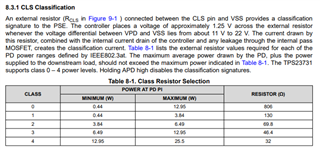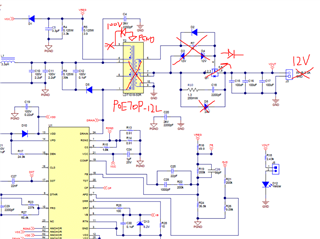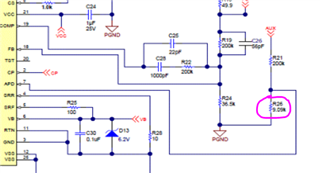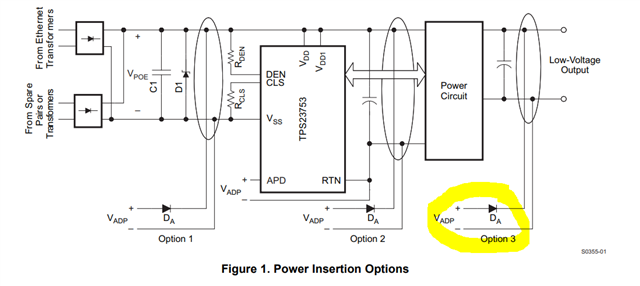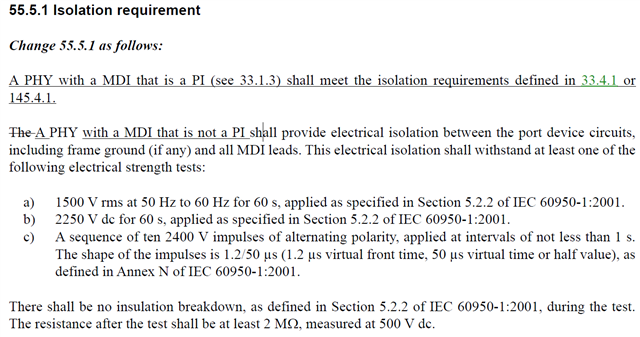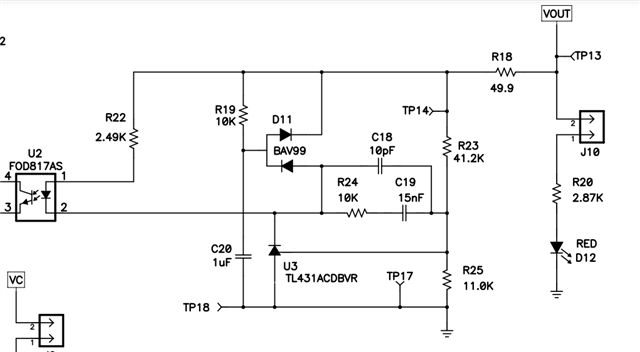Other Parts Discussed in Thread: TPS23755, TPS23758, TPS23753, PMP22806, TPS23758EVM-080, TPS23756
Hello guys,
One of my customers is looking for TI device which can replace LTC4278IDKD.
I found TPS23731RMTR for that.
Is TPS23731 the best device for LTC4278 replacement?
Or is there any other TI device?
Your reply would be much appreciated.
Best regards,
Kazuya.


